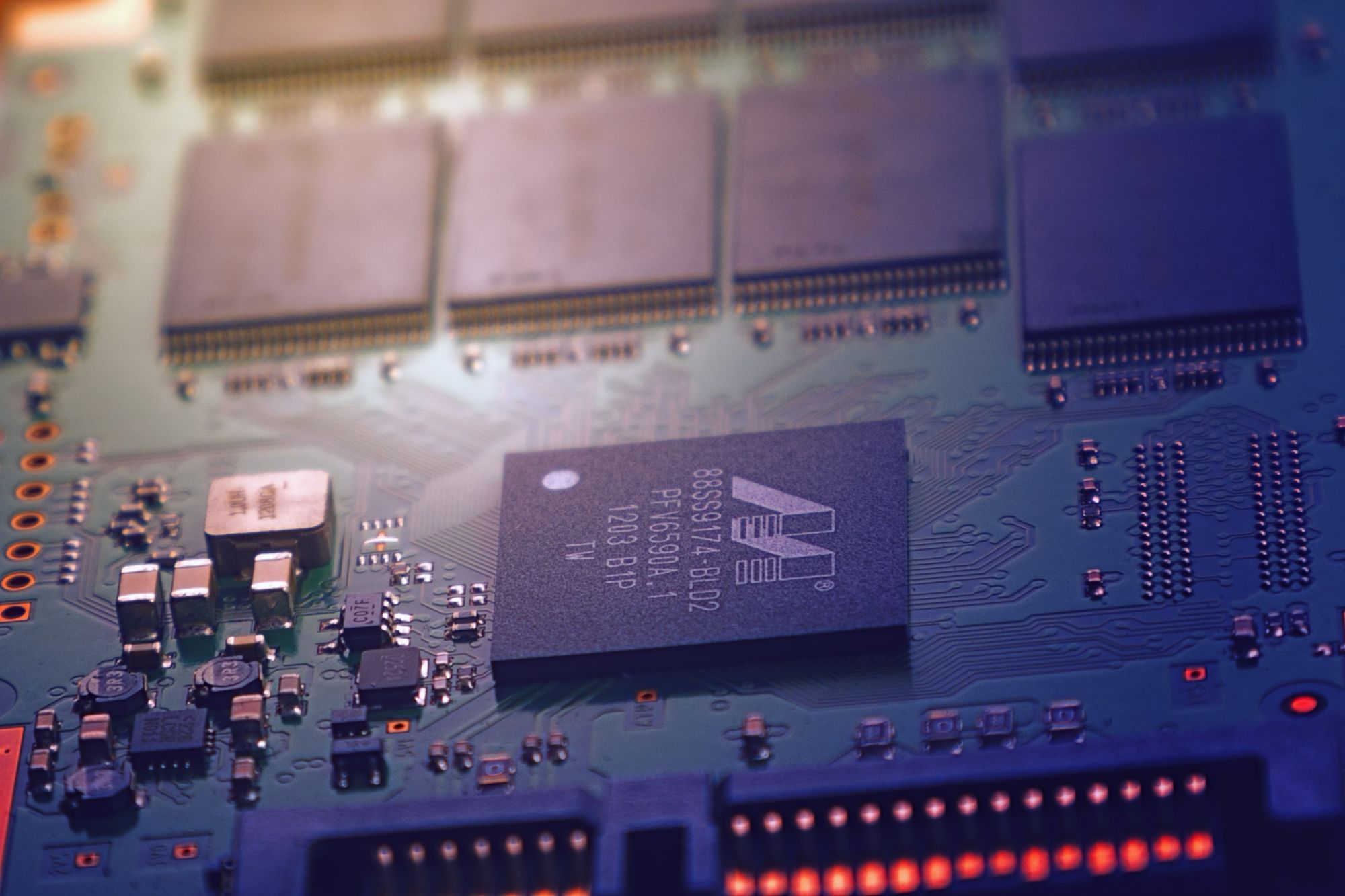Digital Twins vs Simulation: Three Key Differences A thousand and more ways to learn and optimize from the real-world
Opinions expressed by Entrepreneur contributors are their own.
You're reading Entrepreneur Asia Pacific, an international franchise of Entrepreneur Media.

Digital Twins is a concept, not a single product or a piece of technology. Multiple technologies—3D simulation, IOT, 4G/5G, big data, blockchain, edge computing, cloud computing and artificial intelligence —come together to make the concept a reality. The core principle is, for a physical entity or an asset, a digital equivalent in the virtual world.
One question frequently asked is, "Are Digital Twins and simulations the same?" Given the emerging nature of the Digital Twin concept, it's quite natural to have this question. While simulation is an important and an integral part of the digital twins, the purpose of the digital twins stretches beyond simulations. Let's look at the three key differences:
The Past
Simulations are typically used for design, and in certain cases, offline optimization. Digital twins, on the contrary, are used for the entire design-execute-change-decommission lifecycle in real-time.
Imagine a car driving into a garage for a regular service. Traditionally, the service engineer assigned will interview the car owner, conduct visual checks and download the logs, before deciding on a service plan. Now, imagine a virtual model that knows everything about the car up until the moment – vital performance stats collected on a regular basis; the parts replaced in the past; previous service records; potential issues as observed by the sensors; and more. In this operational scenario, the digital twins help deliver time, cost and effort savings. Every stakeholder stands to benefit from the enhanced and relevant information available at the opportune moment.
The Present
Simulations at best can help understand what may happen in the real world. Digital Twins not only help understand what may happen, but crucially what is happening (how the design is behaving in the real-world).
Anyone who has sought out for a project status report will understand the trickle of information, inconsistent updates and the pain of comprehending the data. The problem is multi-dimensional, and few common reasons are availability of timely updates, manual data collection, and distance and logistics involved in gathering the information. Now, imagine a situation where the real-world data, via sensors, is collated into a virtual model. The digital twin offers the real-time view in a human-friendly 3D visual format. Human operators monitoring and interpreting the as-is status of large-scale projects, elaborate process and equipment, operational assembly lines and even patients under care, will benefit from the timely easy-to-consume information. In a fast-moving world, where time is of essence, the real-time insights will help prevent many bad decisions, conduct preventive maintenance and reduce untoward incidents.
The Future
Traditional simulations don't provide insights into the interactions of the physical. Digital Twins will be a source for understanding the clashes and conflicts, when physical things interact.
Organizations usually start their digital twin journey with simulations of critical assets. Such simulations are good for playing out the what-if scenario for the asset. Yet, in the real-world, when assets intersect with other product, people and process, there arises many undesired and unexpected behaviors. Gartner posits the evolution of Digital Twins beyond assets to include entire organizations covering people, process and behaviors. Digital Twins with their view on the real-world will help operators to understand the interactions and incorporate into their simulations. Standalone simulations will converge into Digital Twins for understanding the ways of working of a city, port or a human body. Further, Digital Twin Aggregates (DTA), are expected to deliver hitherto unknown insights on the collective; a standalone simulation can't.
The Digital Twins' journey has just begun. An organization's current standing on the simulation spectrum would vary across the blueprints, 2D and 3D models. Irrespective of where they stand, digital twins are the next step in their digital transformation journey. Tesla has a digital twin for every car manufactured. Every day, thousands of miles of data from the cars, are fed into the simulation models back in the factory. That's a thousand and more ways to learn and optimize from the real-world, which wouldn't be possible with simulation models only. In the autonomous future, the vehicle may drive itself into a garage for a check-up, when it feels under the weather, without having to "trouble" the owner.













